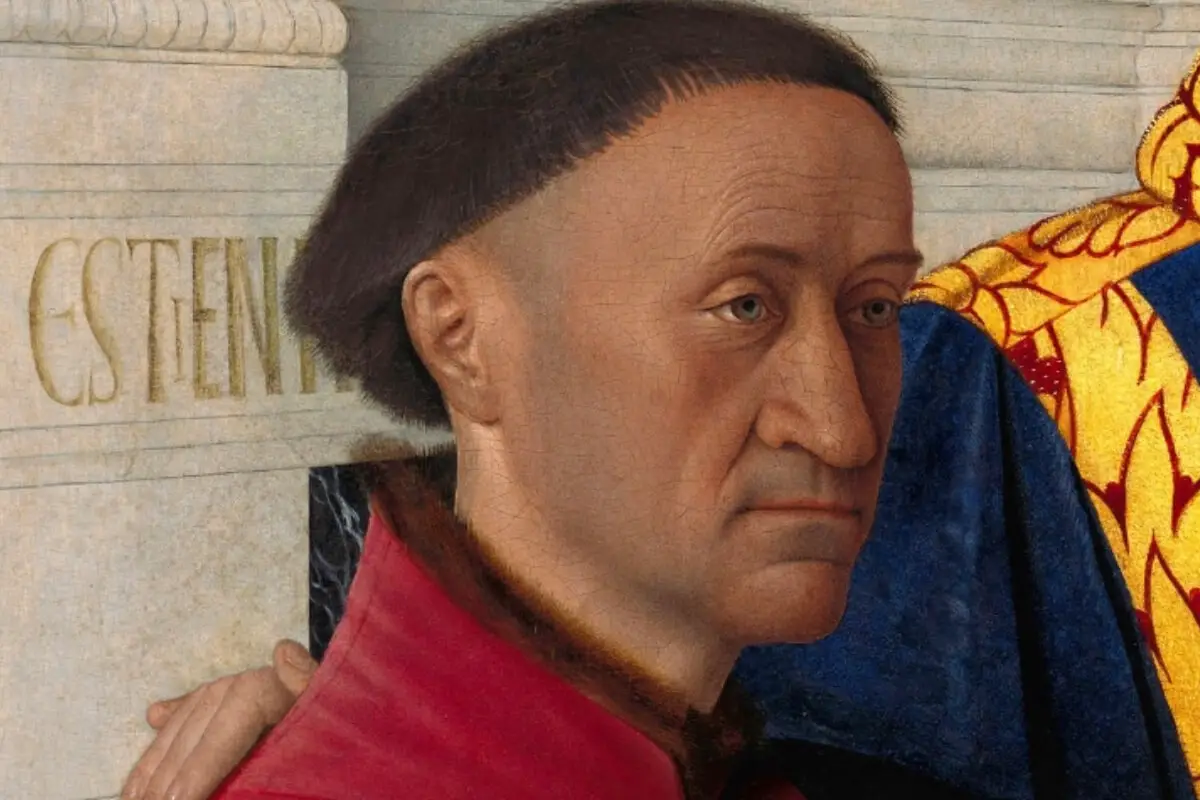The legacy of art in France is unrivaled, with the country’s cultural landscape serving as the backdrop for some of the world’s most revolutionary and influential artists. French artists have consistently captivated audiences and shaped global art culture from the European Renaissance to the modern and contemporary periods.
Beginning with the profound contributions of Renaissance icons such as Jean Fouquet, the Limbourg Brothers, and Francois Clouet, this exploration of French artistic talent delves into their strong alignment with the era’s enthusiasm for learning and humanistic emphasis. Throughout, we move deftly into the realm of Impressionism, a movement deeply French in its origin, celebrating color, ordinary life, and the profound immediacy of sensation. Artists like Claude Monet, Edgar Degas, and Camille Pissarro radically shifted traditional art approaches, forming a new branch in art history.
Table of Contents
- France’s Talented Renaissance Artists
- Impressionism: A Uniquely French Art Movement
- Related Questions
France’s Talented Renaissance Artists
The iconic epoch of the Renaissance emerged as a fountainhead of innovation, giving birth to many transformative art forms. The French artists, although slightly later to join the Renaissance movement, left an indelible imprint, playing an integral role in the evolution of art throughout the globe.

One of the flag-bearers of the French Renaissance was Jean Fouquet, whose oeuvre became an embodiment of the pursuit of exquisite detailing combined with innovative pictorial space.
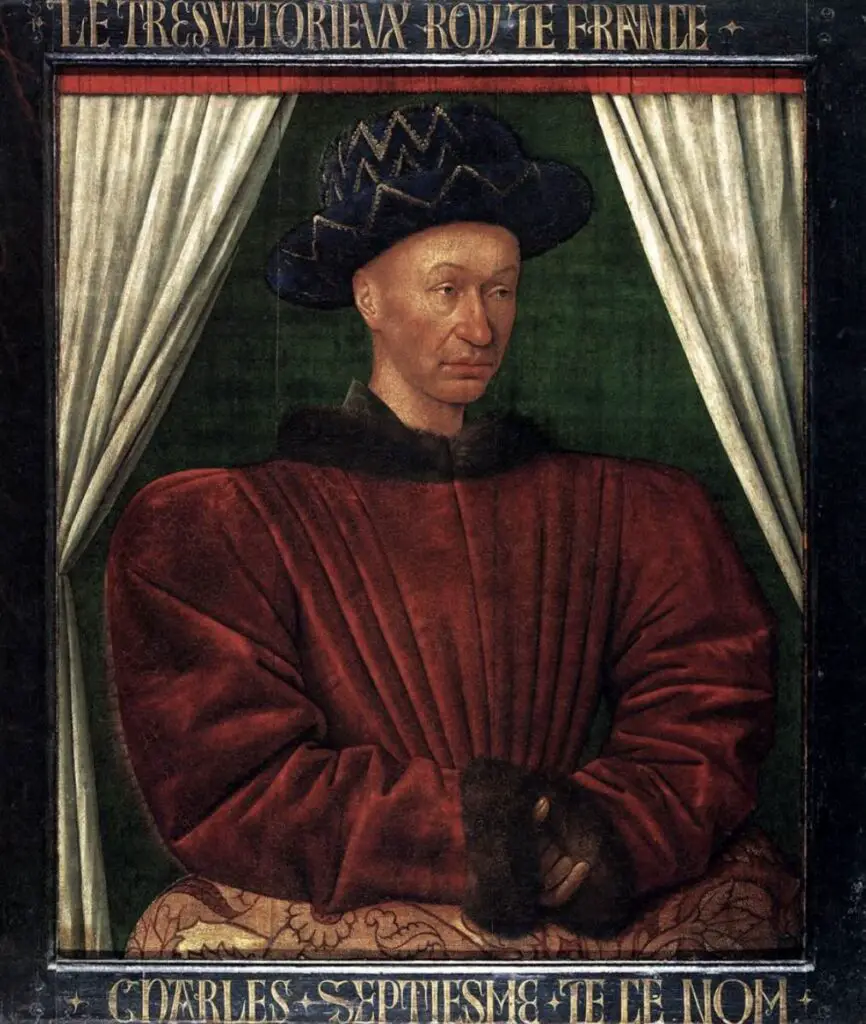
His “Portrait of Charles VII” is considered by many to be the first independent portrait in Western art history. At the same time, his “Melun Diptych,” a vivid depiction of the Virgin Mary, remains one of the most revered pieces of 15th-century French art.
Then came Jean Clouet, who propelled portraiture to new heights. His mastery lay in representing facial features and expressions, as observed in “Portrait of François I.” Through such portraits, Clouet brought distinctive characteristics of the individual to the forefront, steering portraiture away from its traditional form, where faces were often depicted as romantic rather than absolute.
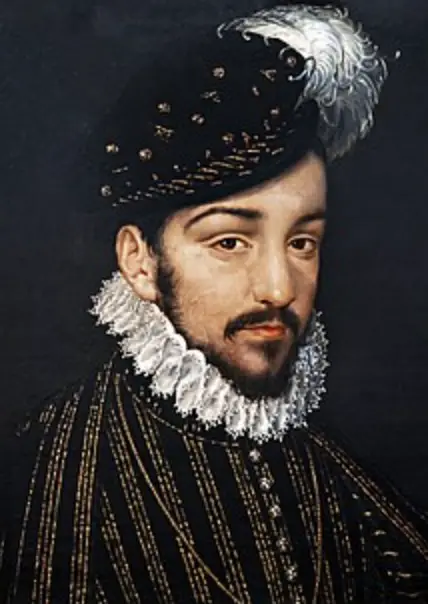
The 16th century saw the rise of François Clouet, Jean’s son. He took the baton forward and undertook the portrayal of realistic facial features with a much higher degree of finesse.
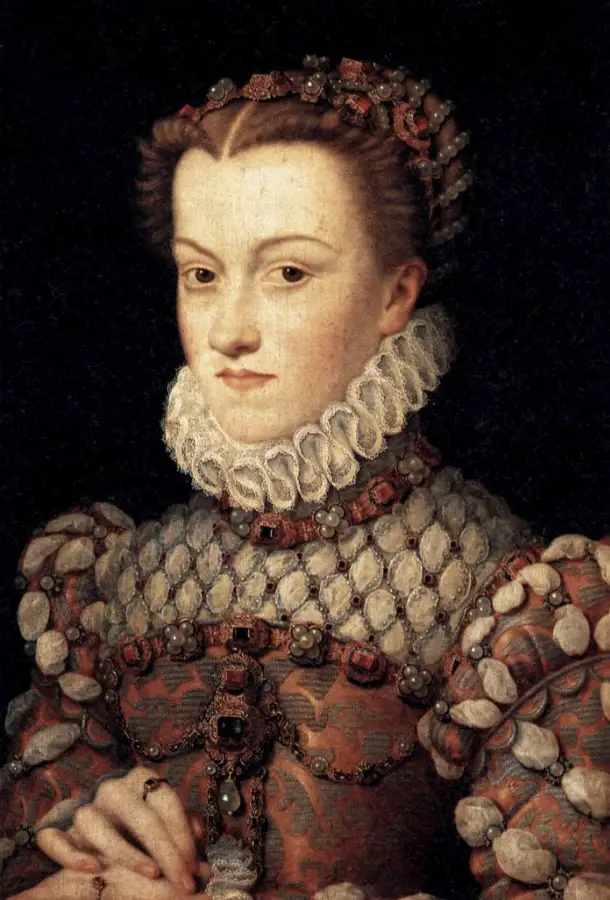
His works, such as “Elisabeth of Austria, Queen of France,” which show his unparalleled mastery in capturing skin, fabric, and jewelry texture, testify to this.
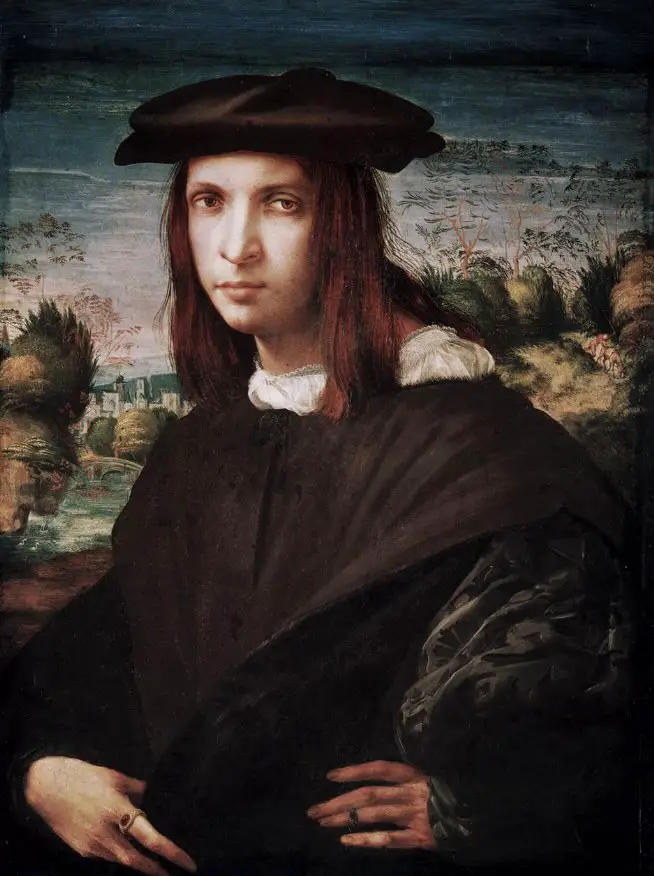
Additionally, Rosso Fiorentino and Francesco Primaticcio brought Mannerism to France as central figures of the First School of Fontainebleau. Their oeuvre reveals an intentional departure from the balanced compositions of the High Renaissance in Italy and a penchant for complex, elongated figures and tension-filled scenes.
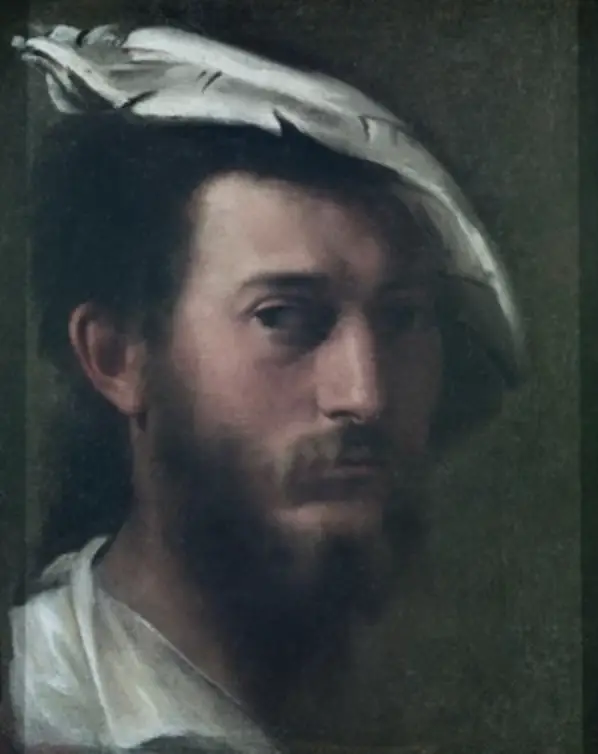
The influence of these French artists on the global art culture is profound. The level of realistic detailing in portraiture introduced by artists like Jean and François Clouet set a precedent for future artists. Mannerism introduced through the School of Fontainebleau influenced the French Baroque and found admirers in various parts of Europe.
Moreover, the fine naturalistic detailing and the in-depth pictorial space manifested by Jean Fouquet endure in Western art. His works are considered milestones in graphic art and continue to inspire contemporary artists.
A voyage through the French Renaissance showcases an era where art was transformed from mere depictions to a more profound exploration of human emotions and realism. Through their conspicuous contributions to the Renaissance, the French artists have carved out a niche for themselves in the annals of global art history. Their legacies live on, stimulating generations of artists worldwide to pursue artistic excellence.
Impressionism: A Uniquely French Art Movement
France’s Cultural Revolution: The Impressionist Era and Its Notable Artists
The brush strokes of history often reflect not just the painting of an artist’s palette but the colors and textures of an entire generation. Such is the case with the Impressionist Era in France. This epoch illustrates a dramatic shift in cultural and societal values, presenting a distinguished era in the annals of art history.
Impressionism, born in the mid-19th century ragged heart of France, was a bohemian response to the restrictions and formalities of the art popularized during the Renaissance. Staunchly diverging from their predecessors’ emphasis on grandeur, realism, and detailed precision, Impressionist artists instead sought to capture the fleeting effects of light and color, the transitory moments of everyday life, rendering them in their own spontaneous, personal interpretations.
Looking back, it’s clear that this rebellious art movement worked as a mirror reflecting France’s cultural milieu. Rather than focusing on significant historical or religious subjects like their counterparts in the Italian Renaissance, French Impressionists immersed themselves in the shifting rhythms of modern life, emphasizing the flux and subtle poignancy of urban existence. Sunrise over the Seine, crowded Parisian cafés, pastoral French landscapes – these were their canvas.
Amid this new wave, mythology was replaced with cafes, and saints were superseded by strolling lovers. This was a cultural revolution with a palette, steering art’s focus from the elite to the street, from the divine to the daily.

Noteworthy artists arose from this transformative era, etching their names into the heart of art history. Claude Monet, often hailed as the founding father of Impressionism, exemplified the movement’s philosophy. His works, such as “Impression, Sunrise,” demonstrate the movement’s emphasis on transient light effects.
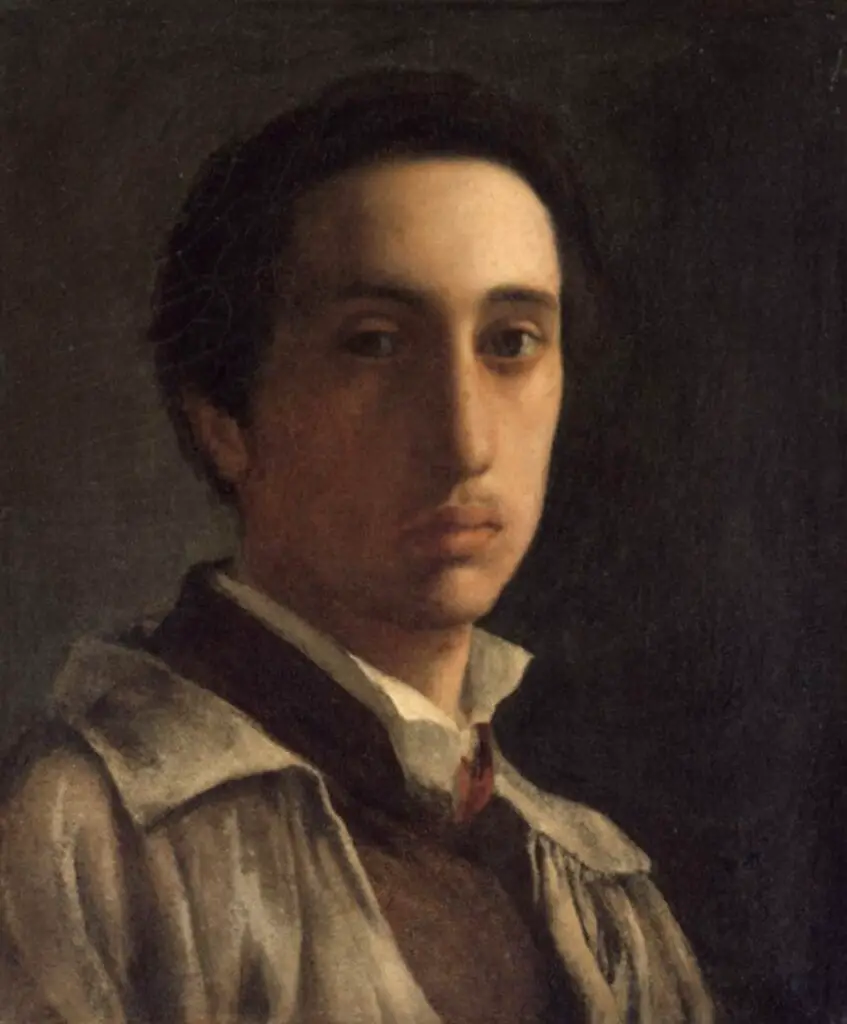
Edgar Degas, another luminary from this period, broke the mold by transcending the genre confines that pervaded art circles. Degas navigated between both worlds – traditional academic art and radical Impressionism, earning renown with his dramatic ballet scenes, racecourse subjects, and compelling portraits.
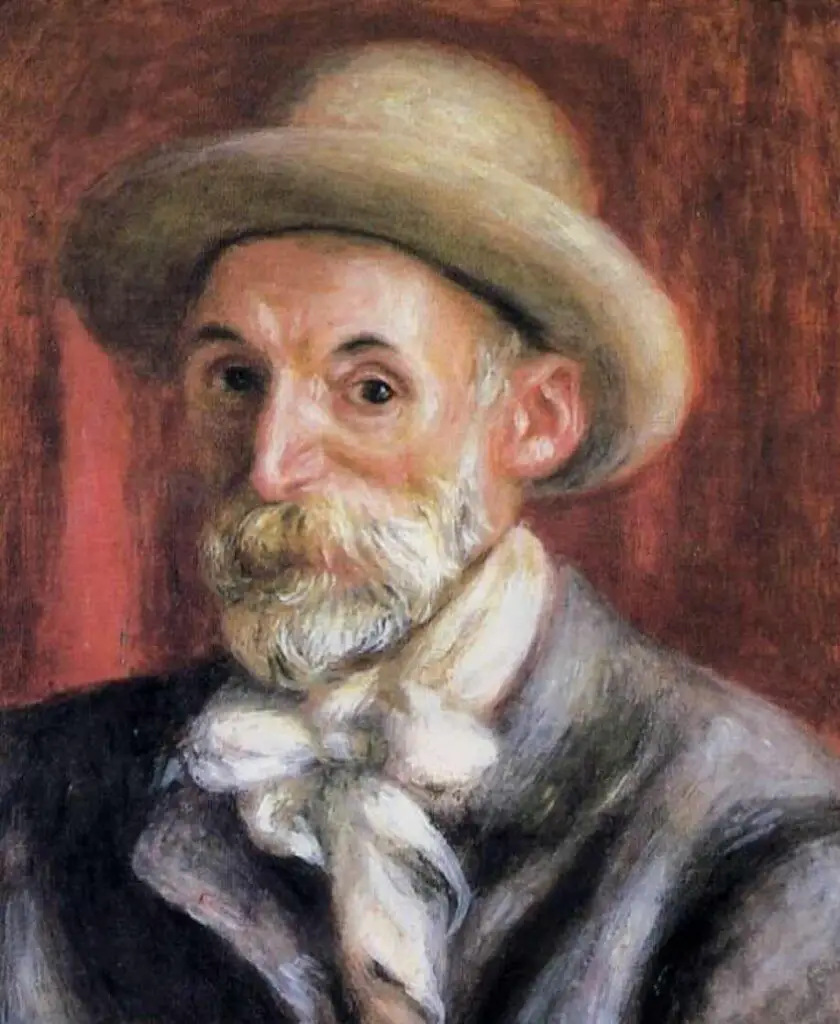
Consider also Pierre-Auguste Renoir, who brought an unparalleled warmth to Impressionism with his vibrant light and saturated color. His works echo the concept of sensuality and the joie de vivre quality that made this era so vibrant.

Finally, we have Édouard Manet, often erroneously conflated with Monet. Manet propelled the transition from Realism to Impressionism; his landmark works were a veritable lesson in the daring departure of norms that the era represented.
These artists – Monet, Renoir, Degas, Manet – and innumerable others- represented a cultural shift of seismic proportions. Reflecting the changing physical and social landscapes, they broke away from entrenched traditions, leading a revolution that forever transformed the perception and production of art.
The allure and charisma of the Impressionist era persist, continuing to captivate audiences with the dramatic play of light and color, the innovative capture of fleeting moments, and the poignant portrayal of everyday life. The era is a testament to the enduring allure of authentic, liberating, and transformative creativity reverberating across continents and centuries.
Anita Louise Art is dedicated to art education, great artists, and inspiring others to find and create their art. We love art that uplifts and inspires. #ArtToMakeYouSmile! #ArtToMakeYouHappy!
If you are interested to see any of my art, you can find out more by clicking here. If you are interested in what inspires me and my paintings, you can discover more by clicking here.
We have a free newsletter and would love you to be part of our community; you can subscribe to the newsletter by clicking here. If you have any questions, I would be happy to talk to you anytime. You can reach me, Anita, by clicking here.
Subscribe to our Anita Louise Art YouTube Channel with great videos and information by clicking here.
Join us for our podcast “5 Minutes With Art.” Spend just 5 minutes a week with us to discover and learn about great art and artists. You can find out more about our podcast by clicking here.
Related Questions
What Is The Importance Of Art From The Renaissance Period?
Renaissance art is essential as it was a time of rebirth and discovery. Artists like Leonardo da Vinci, Michelangelo, and Raphael were at the forefront of that change, creation, and discovery. Renaissance art has influenced art and artists for many centuries and continues to influence artists today.
By clicking here, you can learn more by reading What Is The Importance Of Art From The Renaissance Period?.
21 Top Renaissance Artists And Their Works Of Art
When we speak of top Renaissance artists, we think of the trinity of artists like Leonardo da Vinci, Michelangelo, and Raphael. But besides these three artists, many other influential Renaissance artists remain essential.
By clicking here, you can learn more by reading 21 Top Renaissance Artists And Their Works of Art.
Greek And Rome’s Influence On Renaissance Art
The Renaissance, as a period of rebirth, was greatly influenced by the classical ancient art of Greek and Rome. During this period, many of these works of art were also rediscovered, which led to the discovery of realism, symmetry, and harmony in the arts. Greek and Roman art also influenced the subject matter of many of Renaissance artists.
By clicking here, you can learn more by reading Greek And Rome’s Influence On Renaissance Art.

